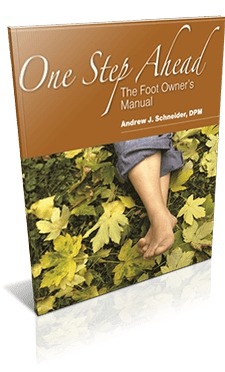During the most recent NBA postseason, three different superstars suffered an Achilles tendon injury. (That includes Indiana Pacers guard Tyrese Haliburton; Milwaukee Bucks guard Damian Lillard; and Boston Celtics wing Jayson Tatum.) Unfortunately, these types of basketball injuries are not particularly new problems. Just travel back a few years to the NBA finals when the Raptors faced off against Golden State for a heated series. In that series, after spending a month on the bench for a strained right calf muscle, Kevin Durant returned to Game 5 of the series. He was hoping to help his Golden State Warriors stay alive after falling to 3-1 in the series. But, while Golden State did pull off a victory, Durant suffered what could have been a career-ending Achilles tendon injury in the second quarter of the game, leading to five years of rehab in which he needed to relearn the art of walking, running and jumping before finally returning to the NBA, this time as a player for the Phoenix Suns.
For any sports fan--or athletic podiatrist--the increase of this type of injury is heartbreaking. All these world-class athletes want to do is help their teammates keep their seasons alive. And what was their rewards? Potentially career-altering injuries! Unfortunately, this is an all-too-common outcome for athletes. They tend to rest injuries for the bare minimum waiting period, often returning to the game before it is truly safe to do so. And, unfortunately, those decisions often result in new injuries, or in the worsening of existing problems. Let's take a closer look at the rise of Achilles tendon injuries in NBA players to see if we can help curb this epidemic.
The Rise of the Achilles Tendon Injury in Basketball
Given the dramatic number of Achilles injuries in this year's NBA post-season, the experts are speculating about why so many stars are getting hurt. Some people think that playing intense games every other night after an 82-game regular season contributes to the increase in this overuse injury. Others believe the nature of the game is the problem: in basketball, you go from standing relatively still to explosively changing directions at a run. And that, some people say, increases the pressure on your tendon. Naturally, all of these factors can contribute to the rise in injury risks. But if you look a little closer, the problem also lies in failing to fully rehab prior, less intense injuries.
What Happens When Athletes Rush Recoveries
Case in point: this year's drama with Tyrese Haliburton. Before rupturing his Achilles tendon, Haliburton suffered a calf strain in an earlier game. Still, he played in the next two games of his series, remarking at the time: “If I can walk, then I want to play.” Unfortunately, this mentality resulted in his torn Achilles tendon, an injury he needed to repair surgically, and one that will now likely keep him out of the game for the entire upcoming season.
All of this should sound eerily familiar to Kevin Durant fans. Prior to the game in which he injured his Achilles tendon, Durant had gotten plenty of rest. His team doctors cleared the star for gameplay. And, they still insisted after his devastating injury, his Achilles injury was a new problem, distinct from the injury that he was previously resting. But that seems impossible. It's quite clear that the two injuries must have been related, just as they were for Haliburton.
First of all, Durant had rested and healed, but he'd only gotten in one practice before Game 5. This means that, even if his body was healed, it was still not back to the performance level he'd developed before getting hurt the first time. This fact alone made him more likely to sustain an in-game injury.
Additionally, it wasn't a coincidence that Durant and Haliburton were first having calf problems before ending up with torn Achilles tendons. After all, the Achilles tendon runs through your calf muscle. If you have a strain in your calf muscle, swelling and inflammation can press on your tendon. Your tendon may also be working harder and get stretched tighter in order to make up for weaknesses in your muscles. When you add explosive athletic play to that tenuous situation, injury is quite likely. In fact, giving the growing trend of rushing the return to gameplay after injuries, the only surprising thing is that only three superstars suffered an Achilles tendon injury in the 2025 NBA post-season.
Having treated so many Houston athletes, we truly understand the drive to return to game play and help your team to victory. But we have also vowed to always put the health of our patients above all else. So, with that in mind, we urge people to remember the devastating injuries suffered by stars like Durant, Haliburton, Lillard and Tatum. And, with their unhappy endings at the forefront, we hope you will take the time to heal injuries properly, regardless of the stakes for your team.
If you have an Achilles tendon injury, or have another kind of basketball injury, don't wait to get it treated. And especially don't return to the game too soon! Instead, we encourage you to Schedule a visit with Houston sports podiatrist Dr. Andrew Schneider. In the office, we can provide X-rays and a comprehensive consultation, providing a quick diagnosis and tailored treatment plan. Working together, we'll get you back in the game as soon as it is safe to do so!















